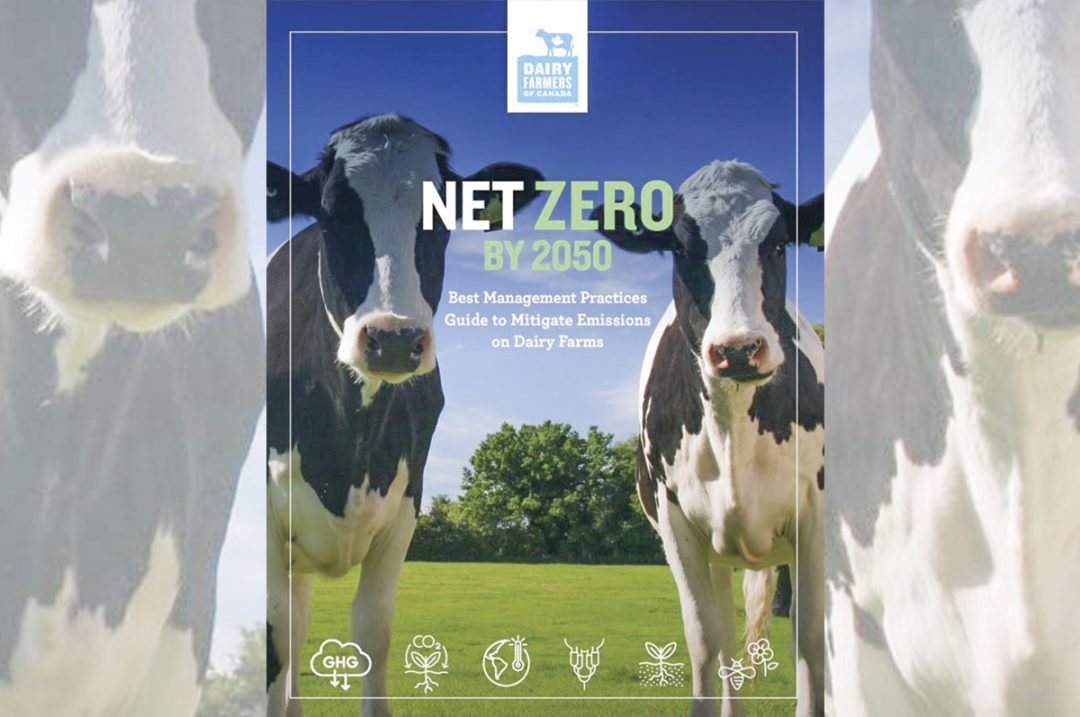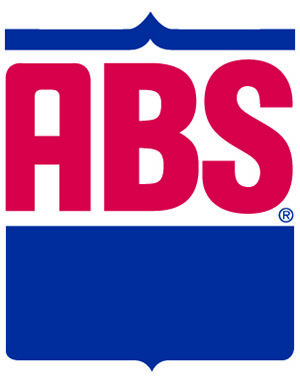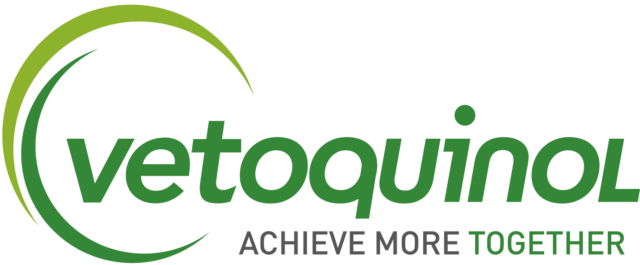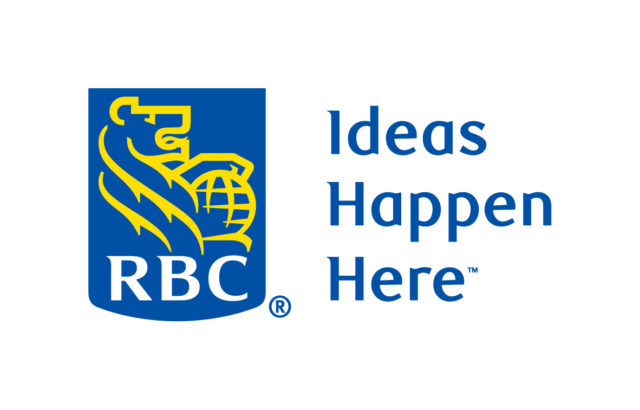To read this article in French, click here.
Earlier this year, Dairy Farmers of Canada (DFC) released the Net Zero by 2050 Best Management Practices Guide to Mitigate Emissions on Dairy Farms. The guide's release, as part of our goal of reaching net zero greenhouse gas (GHG) emissions by 2050, builds on the innovative nature of dairy farming and its commitment to continuous improvement.
This guide is full of tips and opportunities farmers can use to reduce on-farm emissions. How can it help dairy farms across Canada?
A practical, business-friendly approach to stewardship
The guide was developed to help farmers learn about and implement the best management practices (BMPs) identified by experts as making the most sense for their farms and planning. The 44-page downloadable booklet provides an overview of 30 on-farm practices and outlines opportunities for reducing emissions, increasing carbon sequestration and improving overall environmental sustainability.
The BMPs are organized according to the four categories in DFC’s life cycle assessment: livestock management, feed management, manure management, and energy, infrastructure and transportation. A fifth category, land management, includes practices aimed at carbon sequestration and biodiversity enhancement. Each BMP highlights the benefits associated with each practice, tips for implementation and resources for additional information.
DFC is here to support farmers
What’s good for the environment, what’s good for the herd and what’s good for business go hand-in-hand-in-hand. In the guide, we have estimated the economic impact of each BMP recommended, as well as the estimated return on investments. Many of the BMPs can also create cost savings or even produce new revenue streams for dairy farmers, such as generating green energy and selling that energy back to provincial grids or improving feed efficiencies.
It is essential for the future of the industry. Internal market research shows that the values are changing. Environmental sustainability ranks higher with dairy’s consumer base than ever before, and as the market changes – with millennials and Generation Z becoming heads of their households – this trend will continue. We need to show everyone on the dairy value chain – from partners to consumers – that Canada’s dairy farmers share their concern for the environment.
Working towards net zero demonstrates that the sector will continue to be part of the solution to tackle climate change and ensure Canadians can continue enjoying dairy products made with 100% Canadian milk for generations to come. Of course, no one knows the work behind this milk – and what will work on an individual farm – better than dairy farmers themselves. The team behind the guide took the feedback and focus groups made up of dairy farmers in every region across Canada into account. We will continue consulting dairy farmers to assess any administrative burden with the subsequent goal of streamlining your processes.
One crucial component to reaching net zero by 2050 is farmers voluntarily adopting best management practices related to sustainability. Reaching the finish line will take many steps, and these steps aren’t going to be the same for every farm. What DFC wants dairy farmers to know is that our organization is here every step of the way, whatever way they take.
While the net zero initiative is 100% voluntary, adopting strategies to reduce emissions and increase environmental benefits makes sense for everyone. Some of these practices may already be in place on your farm. See for yourself – download the guide here.









